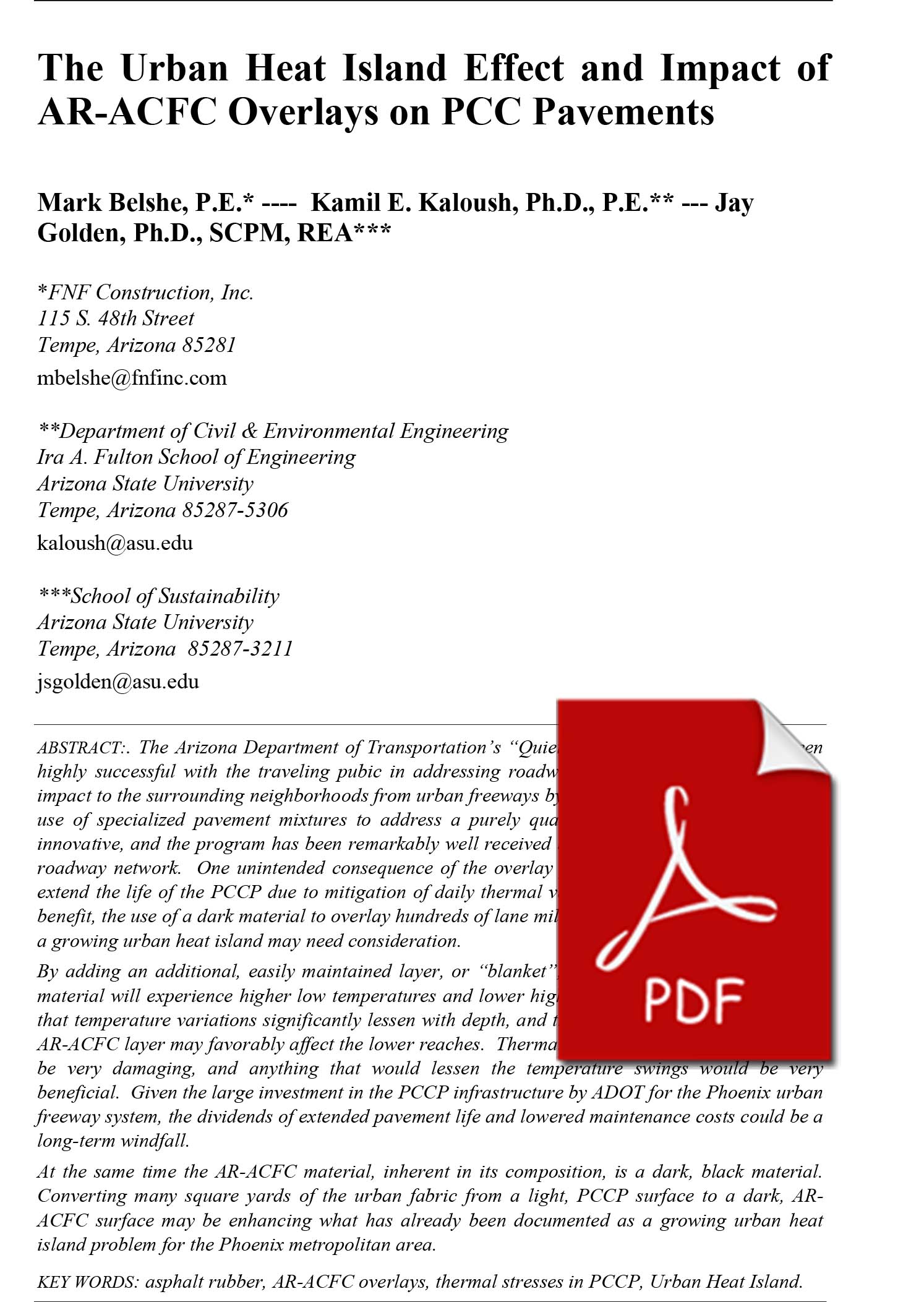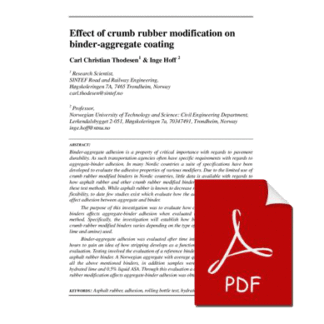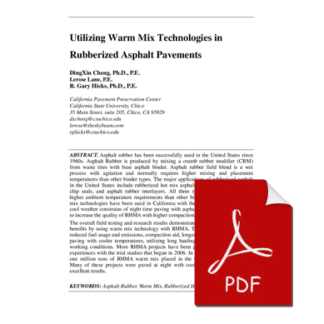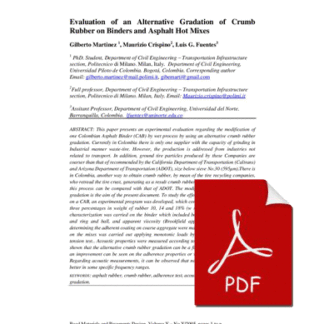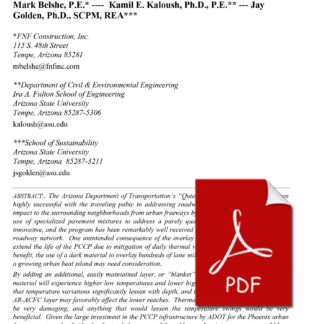Description
The Arizona Department of Transportation’s “Quiet Pavements” projects have been highly successful with the traveling pubic in addressing roadway noise by reducing the noise impact to the surrounding neighborhoods from urban freeways by as much as 4 to 6 decibels. The use of specialized pavement mixtures to address a purely quality-of-life issue is dynamic and innovative, and the program has been remarkably well received by the taxpayers and users of the roadway network. One unintended consequence of the overlay program may be to significantly extend the life of the PCCP due to mitigation of daily thermal variances. Counterbalancing this benefit, the use of a dark material to overlay hundreds of lane miles in an urban setting plagued by a growing urban heat island may need consideration.
By adding an additional, easily maintained layer, or “blanket”, over the PCCP, the underlying material will experience higher low temperatures and lower high temperatures. It is well known that temperature variations significantly lessen with depth, and the addition of even just a 19 mm AR-ACFC layer may favorably affect the lower reaches. Thermally induced stresses to PCCP can be very damaging, and anything that would lessen the temperature swings would be very beneficial. Given the large investment in the PCCP infrastructure by ADOT for the Phoenix urban freeway system, the dividends of extended pavement life and lowered maintenance costs could be a
long-term windfall.
At the same time the AR-ACFC material, inherent in its composition, is a dark, black material. Converting many square yards of the urban fabric from a light, PCCP surface to a dark, ARACFC surface may be enhancing what has already been documented as a growing urban heat island problem for the Phoenix metropolitan area.

